Russia’s young architects are charting new urban clusters to rise from the Soviet Union’s industrial past
Architects across the world must balance form, aesthetics, and environment with the needs of their communities. In Russia, where the collapse of the Soviet Union saw the decline of mass industry, that often means a focus on urban regeneration: how to turn the country’s so-called “rust belt”, with its scattering of abandoned industrial buildings, into thriving urban areas.
For the Second Russian Youth Architectural Biennale, a prize that hopes to support young professionals to implement unique modern projects, young creatives were tasked with taking on industrial buildings no longer used for their original purpose but that remain as a shell.
These architects were asked to transform Kazan’s former Santekhpribor Factory and Port Elevator into a rich urban cluster, with results that ranged from the neatly-regimented to the futuristic. The Calvert Journal looked at three of the most innovative and ambitious designs, and the creatives making their mark.
Aleksandr Alyaev
Moscow
Gold Prize Winner
Rectangular and grid-like, the designs in Aleksandr Alyaev’s winning project envisage an urban centre that’s both compact and regimented. Lines and form are strictly adhered to here, and the red brick of the factory’s old walls impose themselves upon the modern structure to be built inside. The elevator building, tall and voluminous, is treated as a valuable item of industrial heritage and the main symbol of the local centre. In rethinking the building’s function and place in the structure of the city, the architects interpreted the structure as a new church: like the religious buildings of medieval cities, it interacts with the surrounding, smaller-scale development and forms a system of squares that abut each of its four façades.
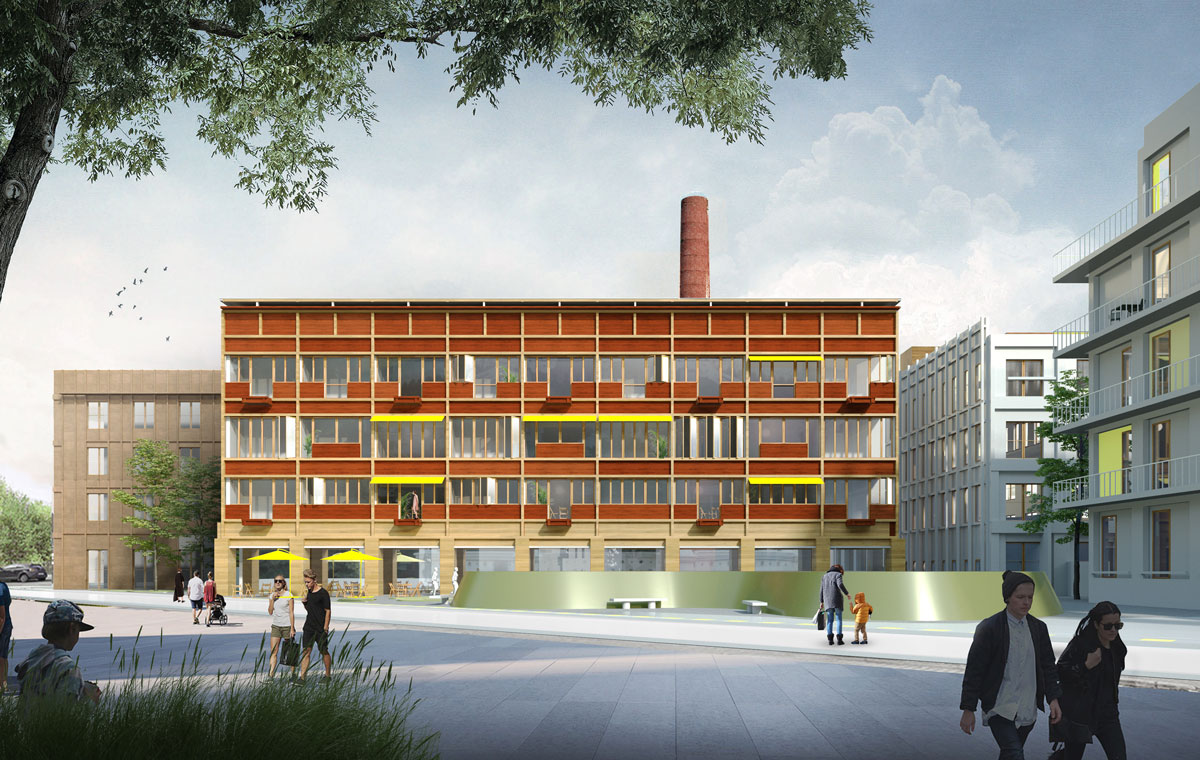
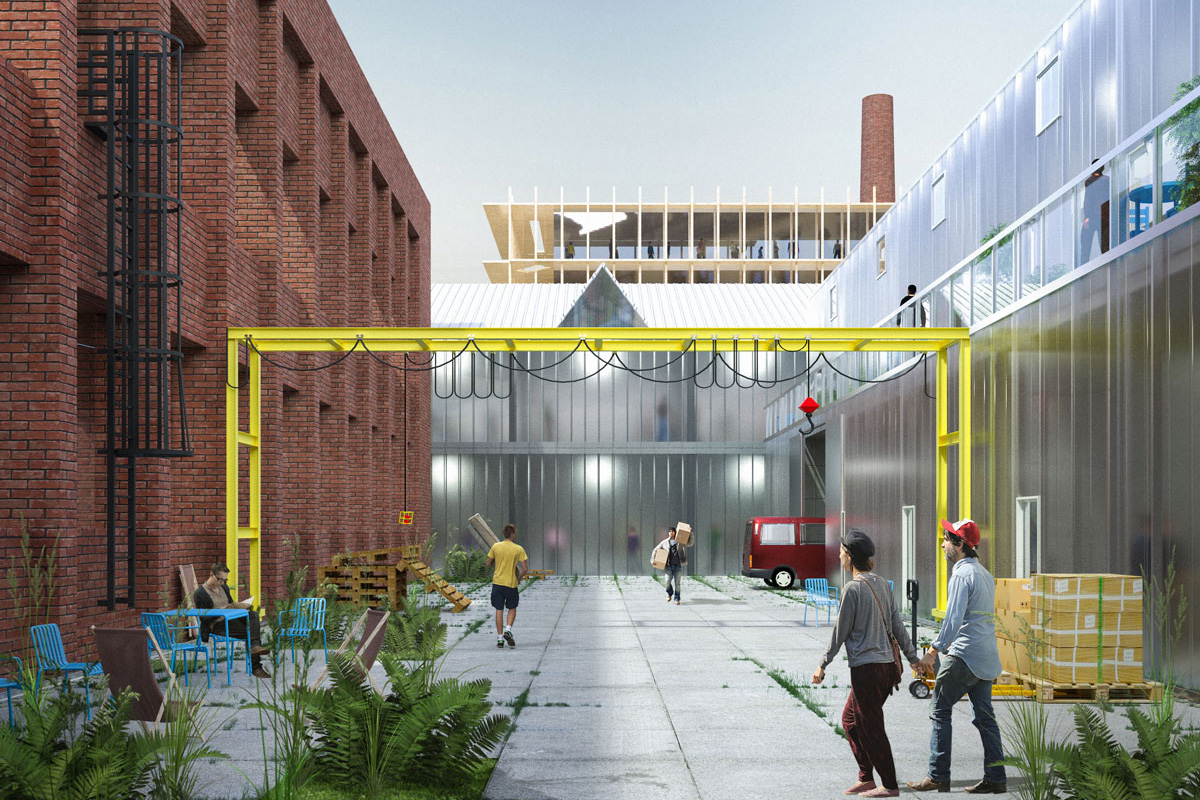
The “aquatic square”, one of five squares on the complex, will include a market, an amphitheatre leading to the water, and a public pool, creating a buffer between the city and the river that will allow the latter to approach the building as gently as possible.
Khvoya
St Petersburg
Special Mention from the Jury
Khvoya’s proposal envisages the creation of a so-called “light-industrial cluster” in the heart of the old factory, giving space to small, local manufacturers in a way that will combine space for production, warehousing, and showrooms. The layout for the northern section of the site is based on power lines: walls which have survived from pre-Revolutionary housing blocks will determine the routes of the streets. The existing ruins are to be preserved and conserved, with blocks of housing, including both free-standing houses and small apartment buildings, intended for long-term rental.
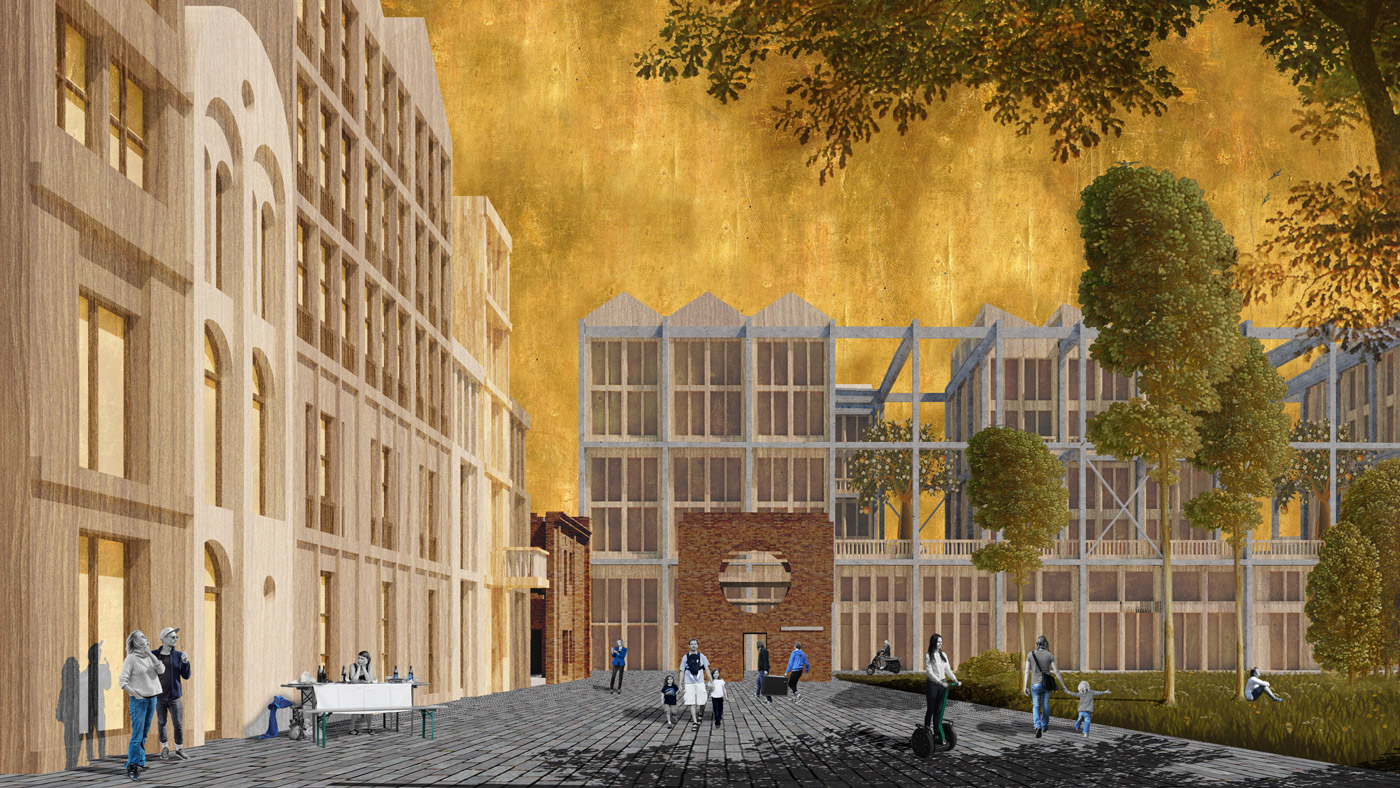
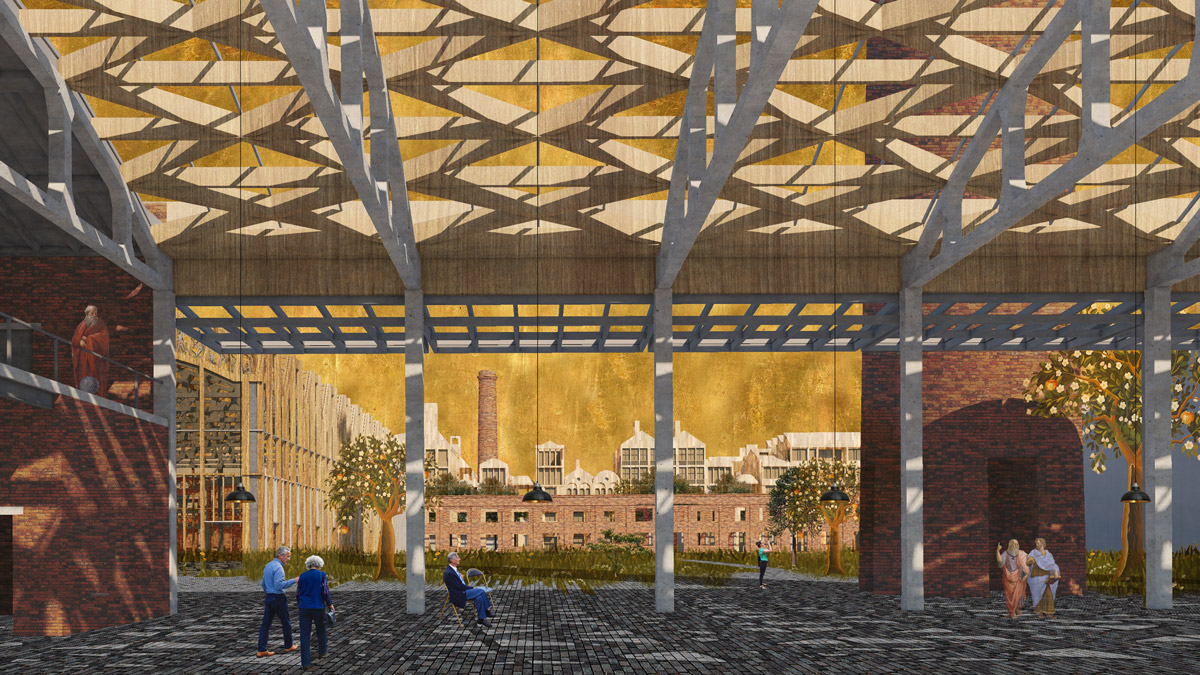
A new structure will stand on the boundary of one of the main former factory buildings that once existed here, turning this phantom building into a garden. With an eye and appreciation for green space, these designs see the creation of a large green buffer zone, separating the new development from the noise of the street and increasing the width of the pavement.
KB11
Ufa
Silver Prize Winner
The proposal from KB 11 looks to culture, not industry, as the motor to develop the former Santekhpribor Factory. Under their vision, the northern part of this once monofunctional site would become a public space, encompassed by the existing walls of the industrial buildings and by temporary pavilions. The team also plans to conserve a historical layer of old building materials, which will be deliberately left here to create an exciting terrain that also pays tribute to the site’s long history.
A mixture of columns and water features will denote the edges of the site, following the outlines of the buildings that once stood here. A new trail of bridges and passageways will appear alongside the current paths, with the KB 11 team hoping to create “a kind of city-utopia”, “eroding the boundaries between outside and inside space, as well as urban and domestic furniture”.
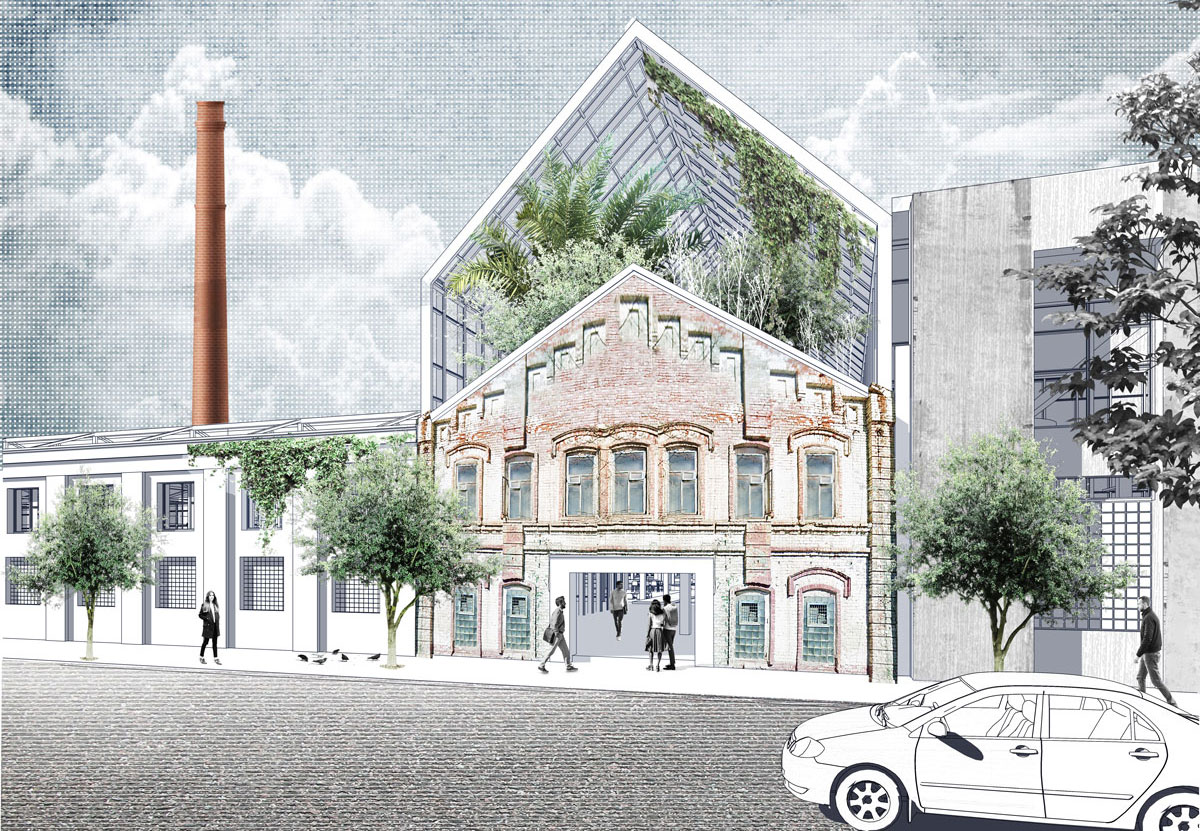
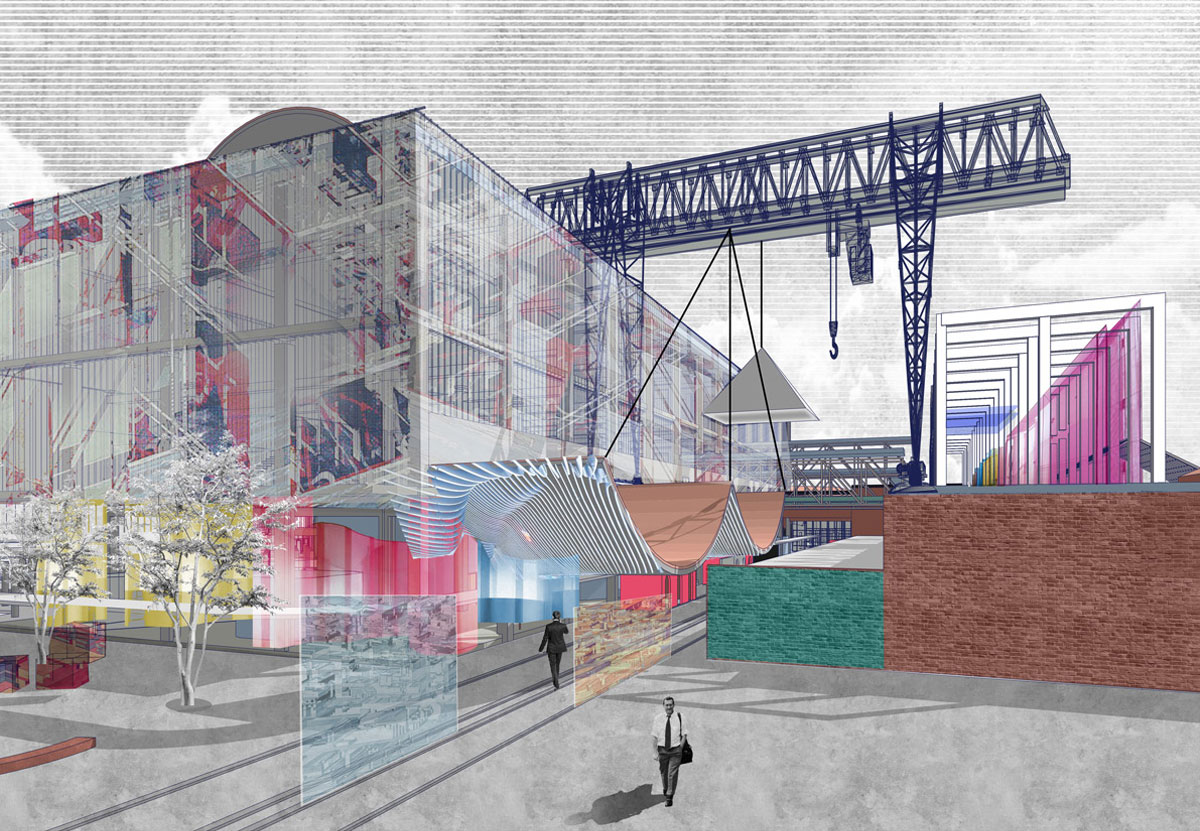
To ensure the site can be usable throughout the year, the team also plans on installing glasshouses. In the day, the structures will serve as lounge areas at ground level; in the evening, the glow from the inside will provide a light for the surrounding streets.